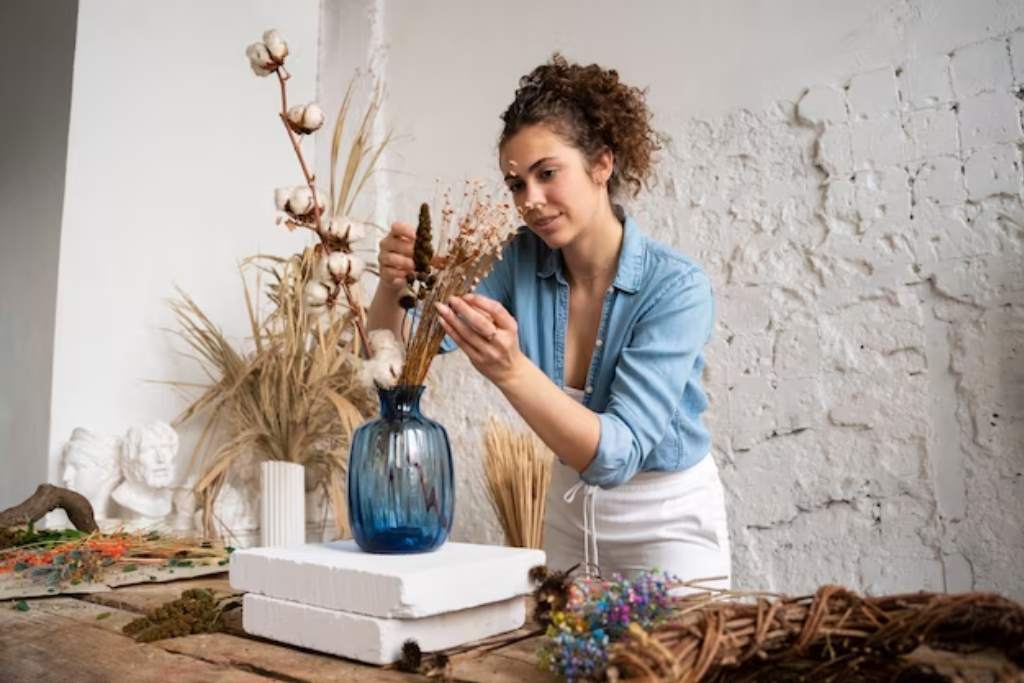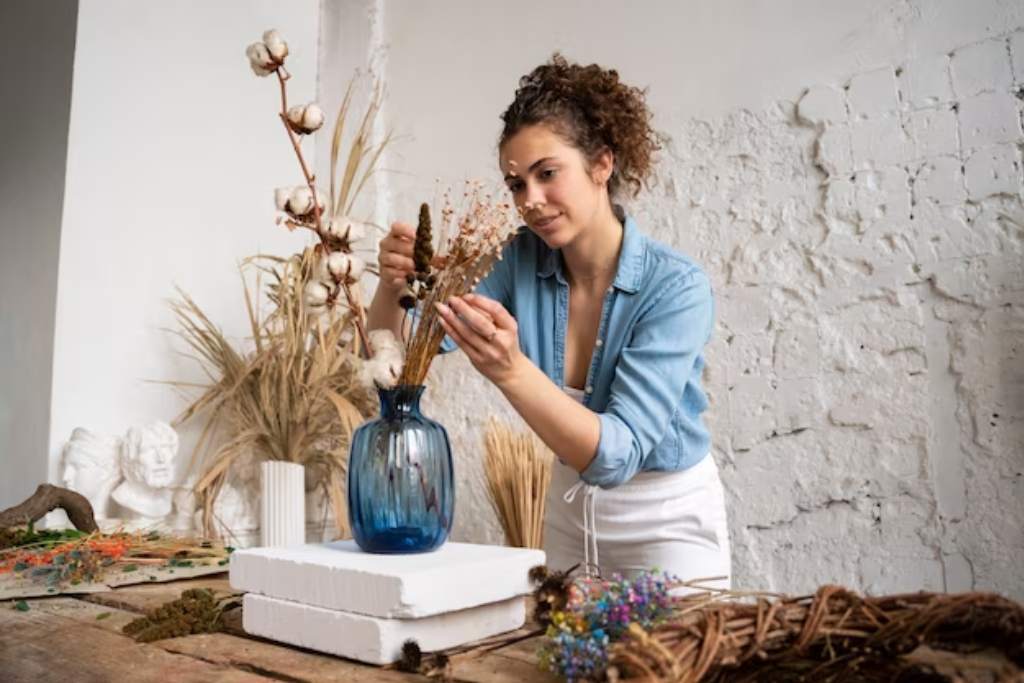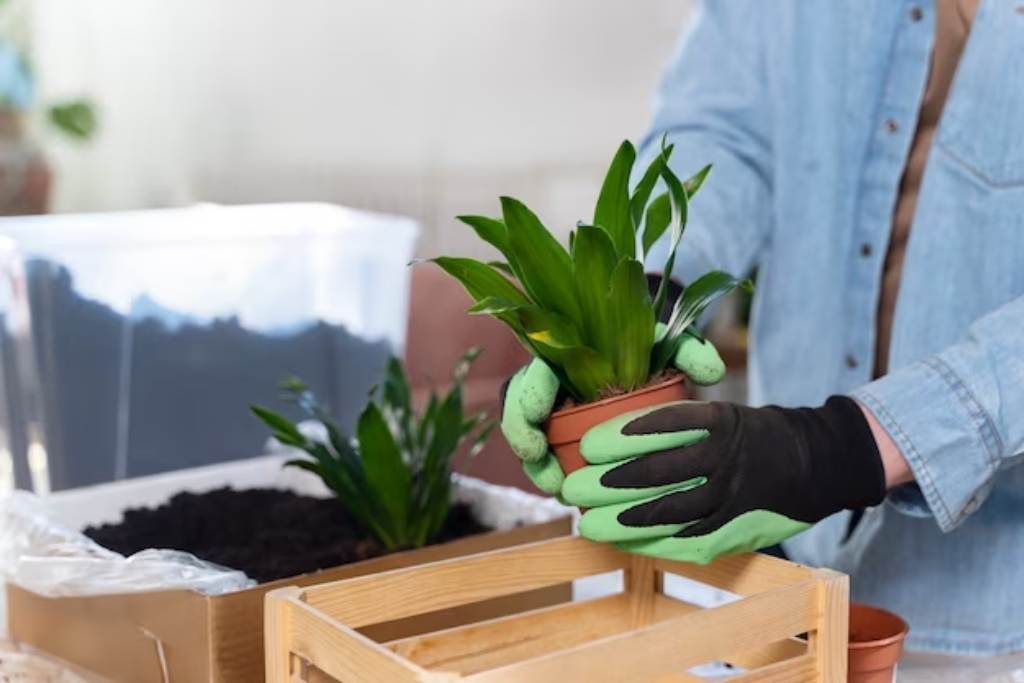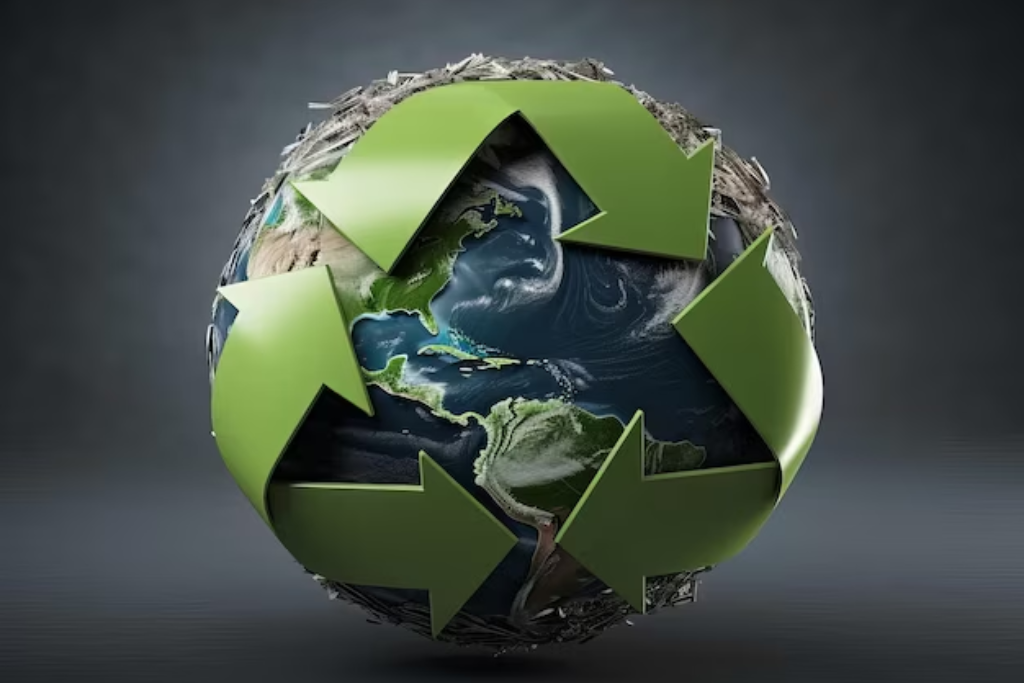Welcome to our blog post on creative recycling ideas for an eco-conscious life! In today’s world, where environmental concerns are at the forefront of conversations, recycling has become more important than ever. Not only does it help reduce waste and conserve resources, but it also allows us to unleash our creativity and give new life to everyday items that would otherwise end up in landfills.
In this article, we will explore various ways you can repurpose household items, upcycle clothes and accessories, incorporate recycling into your gardening and home improvement projects, engage kids in eco-friendly DIY activities, and understand the impact of recycling on the environment. So buckle up as we take you on a journey towards a greener lifestyle, filled with innovative ideas that will inspire both your imagination and your commitment to sustainable living!
Repurposing Household Items for Creative Decor
Do you have unused household items lying around? Instead of letting them gather dust, why not give them a new lease on life by repurposing them into unique and creative decor pieces? Not only will this help reduce waste, but it will also add a personal touch to your home.
One idea is to transform old mason jars into charming candleholders. Simply clean the jars, paint or decorate them as desired, and place a tea light inside. The soft glow will create a cozy ambiance in any room.

Another fun project is turning vintage suitcases into stylish storage solutions. Stack these up and use them as side tables or even as an unconventional bedside table. You can also line the inside with fabric or wallpaper for added flair.
If you have empty wine bottles lying around, consider converting them into eclectic vases. Remove the labels, paint, or wrap twine around the necks for a rustic look, then fill them with fresh flowers or dried branches from your garden.
Old wooden pallets can be transformed into eye-catching wall art. Sand down the edges and apply some paint or stain to match your decor style. Hang multiple pallets together horizontally or vertically for an interesting focal point in any room.
Get creative with those mismatched teacups by turning them into whimsical planters! Fill each cup with soil and plant small succulents or herbs inside. Arrange these on a windowsill or create a hanging display using strings attached to a wooden board.
Remember, when repurposing household items for decor purposes, let your imagination run wild! Look at things from different angles and envision how they could be given new life in unexpected ways. By doing so, you’ll express your creativity and contribute to an eco-conscious lifestyle that celebrates sustainability through reuse!
Stay tuned for more exciting ideas on how to lead an eco-conscious life through recycling and repurposing various items.
Upcycling Clothing and Accessories
When it comes to living an eco-conscious life, upcycling clothes and accessories is a fantastic way to reduce waste and give new life to old items. Instead of throwing out that worn-out sweater or outdated handbag, why not get creative and transform them into something fresh and stylish?
One simple idea is to turn an old t-shirt into a trendy tote bag. Just cut off the sleeves, sew up the bottom, add some handles (which can be made from scraps of fabric or even repurposed belts), and voila! You have a unique and eco-friendly bag for shopping or carrying your essentials.

Another fun project is transforming jeans into shorts. Simply cut off the legs at your desired length, distress them with sandpaper for a vintage look if you like, and you’ll have a brand-new pair of summer shorts without spending a dime.
Don’t forget about accessories too! Old buttons can be used as embellishments on bags or clothing. Scarves can be turned into headbands or wrapped around bracelets for added flair. Get creative with what you already have instead of buying new items.
By upcycling clothes and accessories, we reduce textile waste and showcase our creativity while staying fashionable in an environmentally friendly way. So next time you’re thinking of tossing out those old garments, think again—there’s so much potential waiting to be unlocked through upcycling!
Recycling for Gardening and Home Improvement
One of the most creative ways to incorporate recycling into your daily life is through gardening and home improvement projects. Instead of throwing away old objects, why not repurpose them in your outdoor spaces or give them a new life within your home?
In the garden, you can use old plastic bottles as planters for herbs or flowers. Simply cut off the top section, add some soil, and voila! You have an eco-friendly planter that adds a unique touch to your garden. Old tires can also be transformed into colorful flower beds by painting them and filling them with soil.

When it comes to home improvement, there are countless opportunities to recycle materials. For example, instead of buying new furniture, consider restoring or repainting old pieces. Not only will this save you money, but it will also help reduce waste.
Old wooden pallets can be turned into stylish shelves or even used as a base for a coffee table. And if you’re feeling particularly adventurous, reclaimed bricks or stones can be used to create pathways or decorative walls in your yard.
By incorporating recycling into gardening and home improvement projects, you’ll not only reduce waste but also unleash your creativity while adding a personal touch to your living space. So next time you think about throwing something away, think twice—it might just have the potential for a beautiful transformation!
Eco-Friendly DIY Projects for Kids
Looking for fun and educational activities to keep your little ones busy? Why not engage them in eco-friendly DIY projects that teach them about the importance of recycling and taking care of our planet? Here are some creative ideas that will spark their imagination and nurture their love for the environment.
1. Bottle Planters: Help your kids transform empty plastic bottles into cute planters. They can paint or decorate the bottles, add soil, sow seeds or plant small flowers. This teaches them about recycling and encourages a green thumb!
2. Recycled Paper Crafts: Instead of buying new paper, show your children how to make recycled paper from old newspapers or magazines. They can create unique greeting cards, bookmarks, or even origami animals with this homemade paper.
3. Upcycled Bird Feeders: Get crafty by turning old milk cartons or plastic containers into bird feeders! Let your kids decorate them with vibrant colors and hang them outside where they can watch birds flock to enjoy tasty treats.
4. Repurposed Art Supplies: Encourage creativity while reducing waste by repurposing art supplies such as crayons or markers that have become too short to use effectively. Melt broken crayon pieces together to make new multicolored crayons, or soak dried-out markers in water to create watercolor paints.
5. Nature Collages: Take a nature walk with your little ones and collect fallen leaves, twigs, flowers, and other natural materials along the way. Back at home, help them create beautiful collages using these found treasures—a great way to combine outdoor exploration with artistic expression!
By involving children in these eco-friendly DIY projects, you not only foster their creativity but also instill valuable lessons about sustainability and resourcefulness from an early age.
The Impact of Recycling on the Environment
Recycling plays a crucial role in preserving our environment and creating a sustainable future. By diverting waste from landfills and reducing the need for raw materials, recycling helps conserve resources, reduce pollution, and combat climate change.
One of the most significant benefits of recycling is its impact on greenhouse gas emissions. When we recycle materials like paper, plastic, glass, and metal instead of producing them from scratch, we save energy and reduce carbon dioxide emissions. This reduction in greenhouse gases helps to mitigate climate change and protect our planet’s delicate ecosystems.

Another important environmental benefit of recycling is the conservation of natural resources. Many items that end up in landfills are made from non-renewable resources, such as petroleum or minerals. Recycling these materials allows us to reuse them again and again, saving precious resources for future generations.
Furthermore, recycling reduces pollution associated with extracting raw materials and manufacturing new products. Mining activities can have devastating effects on ecosystems, while factories emit pollutants that contribute to air and water pollution. By choosing to recycle instead of relying solely on new production methods, we can significantly decrease these harmful impacts on the environment.
In addition to conserving resources and reducing pollution, recycling also saves landfill space. Landfills take up valuable land that could be used for other purposes such as agriculture or recreation. By minimizing the amount of waste sent to landfills through effective recycling programs, we can make better use of this limited resource.
Living an eco-conscious life means embracing recycling as an integral part of our daily routines. From repurposing household items for creative decor to engaging in eco-friendly DIY projects with children, there are countless ways each one of us can contribute towards a more sustainable future.
So let’s challenge ourselves to think creatively about how we can reuse and repurpose everyday objects rather than simply discarding them. Together, by making small changes in our lives today, like opting for reusable bags, recycling our waste, and supporting sustainable practices – we can make a significant positive
